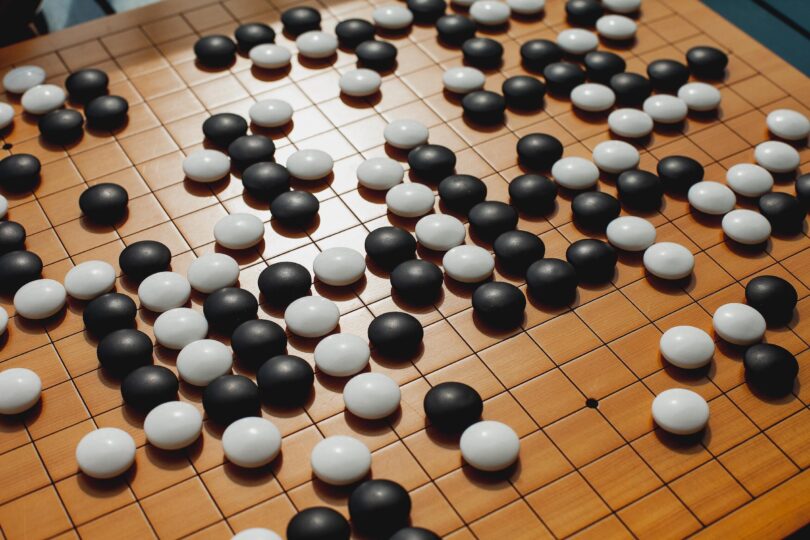A mainstay of the pandemic, QR codes have become ubiquitous in our everyday lives. Their potential uses range from public health to treasure hunts, but what’s the story behind the unique design of the QR code and what can we learn from it?
To understand why the QR code was developed in the first place, one needs to travel back to 1970s Japan. At the time, Japan was riding off two decades of post-war economic growth which led to major expansions in its manufacturing industries. This was especially the case in the auto industry with internationally successful companies like Toyota.
However, in the 1970s an international crisis hit global markets – the oil crisis. A shortage of supply led to higher oil prices which trickled throughout major economies. The effect was particularly clear in auto manufacturing, where production was more expensive while demand for petrol-guzzling cars was low.
Yet, as history often shows, crisis leads to innovation. Japan responded to this period by shifting its focus to efficiency-enhancing technologies. That laid the foundation for 1993 when Masahiro Hara, an engineer working at Toyota’s Denso Wave, developed a new kind of two-dimensional barcode, the Quick Response code.
The code’s unique design – a grid of black and white squares – originated from Hara’s love for the Chinese board game, Go. The game’s board looks a lot like a QR code: a 19 by 19 grid with 361 intersections which players place stones on to try and surround as much territory as possible. It’s unsurprising that this particular game influenced his work. The game’s players are often strong advocates for the its mix of analysis, intuition and lateral thinking.
Like Silvia Lozeva, a researcher and lecturer at the University of Western Australia, who says that playing the game promotes creative problem solving both on and off the board.
“I think the ability to translate some of those lessons comes so natural to almost all Go players … in the world of business, strategic thinking, community engagement and research even,” she says.
Lozeva is effusive about Go’s potential to transform our ways of thinking, particularly in the West.
Hara couldn’t have known how his QR code would go on to be used during a global pandemic. But it certainly has. It’s helped communities work together to fight COVID-19, in a way not dissimilar to the micro and macro thinking required in a game of Go.
(Featured Image: The setup for Chinese board game, Go. ELENA POPOVA, UNSPLASH).







